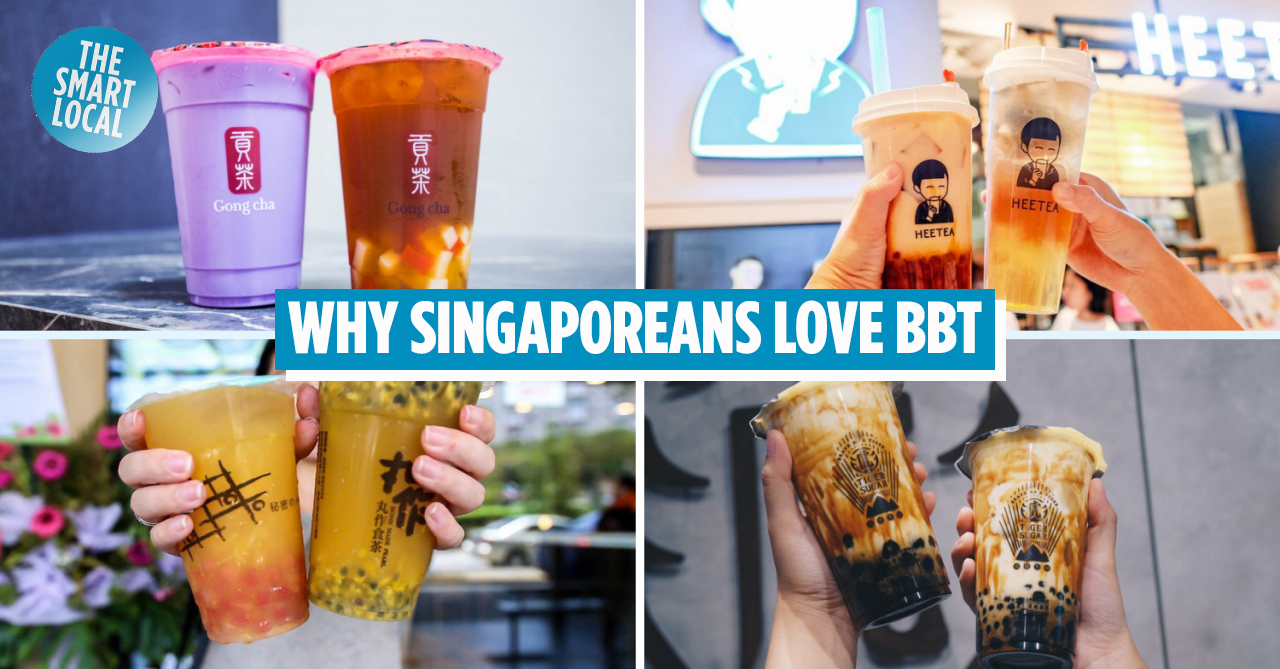Why Singaporeans love bubble tea
Come lunchtime, at precisely 12pm on the dot, a war cry is taken up among the knowing comrades of the office:
“Who wants bubble tea?”
The horde then descends upon the nearest stall, either from the Gong Cha-KOI-LiHO trinity or to new kids on the block like Tiger Sugar or Playmade. All reciting their orders with a memory far better than the one reserved for relatives met during CNY.
But the Singaporean love for bubble tea is more than just a humble lunchtime habit or secret guilty pleasure.
Rather, beneath the milky brew of Earl Grey Milk Tea with 3J lies a deeper meaning – a reflection of who we are as Asians, and not the crazy rich sort.
The origin story
But first, mini-history download. Bubble tea is quite a recent invention, being birthed in Tainan and Taichung in the 80s. Two teahouse origin stories here, but we’re going with the one about a staff member getting bored during a meeting and pouring her sweetened tapioca pudding into the tea. If only all meetings were as revolutionary.
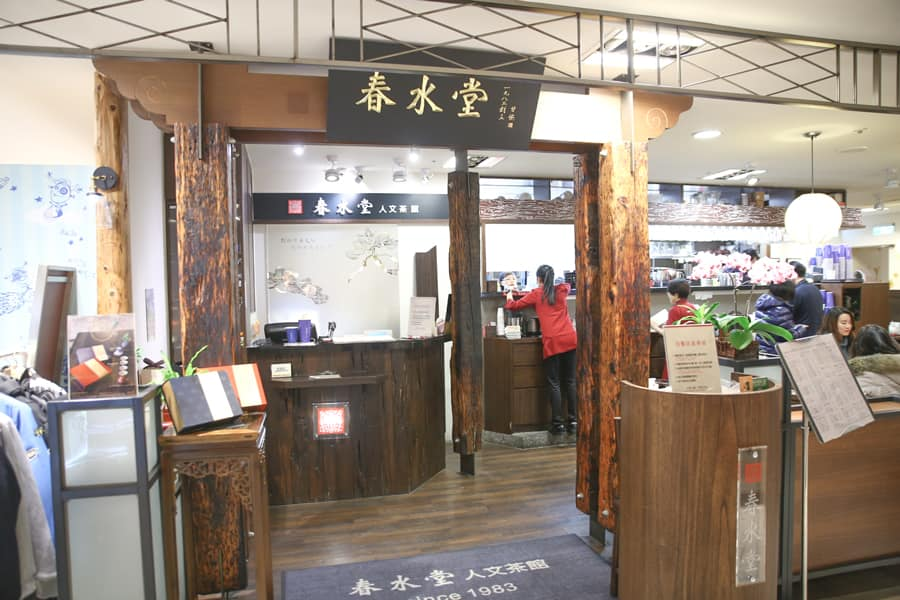 Tai Chung’s Chun Shui Tang teahouse, the supposed birthplace of BBT. Image credit: Jonathon Peng
Tai Chung’s Chun Shui Tang teahouse, the supposed birthplace of BBT. Image credit: Jonathon Peng
The default ingredients of BBT are (of course) tea, milk and varying levels of sugar. But what takes it to the next level are the toppings – chewy tapioca balls, fondly known as pearls or boba.
Fun fact: The “bubble” in bubble tea actually refers to the froth when the drink is shaken, not the pearls. I’m shooketh.
Thankfully, BBT wasn’t a fad that died in Taiwan. Instead, it had world domination on the agenda and finally hit our shores in 1992. Back then, it was served cocktail style and the first ever branch was at Marina Square in a cafe-like setting. Cannot dabao. The tragedy!
But by the early 2000s, the drink had trickled down to the masses and us millennials might still remember the neighbourhood stalls that were virtually around every corner, with drinks looking ridiculously neon and quite alarming, in hindsight.
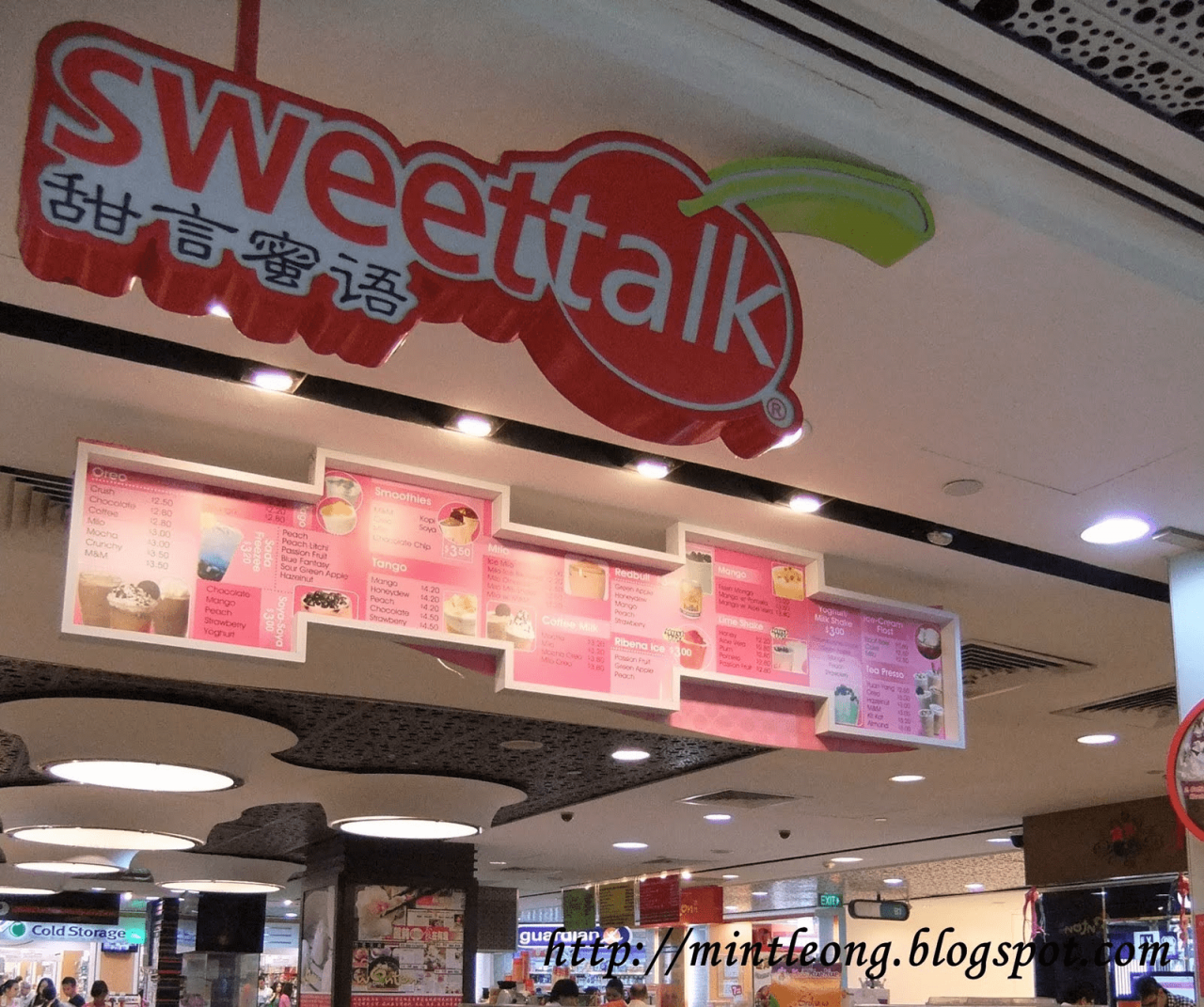
Remember Champagne grape, or Oreo ice blended? Image credit: Mint Leong
But at least, inflation hadn’t kicked in then and bubble tea could be bought for just $1+, making it a fave of secondary school kids everywhere.
Like all food fads, we expected it to come and go faster than an f-boy, but amazingly, this sweetie proved it was in for the long haul. Despite a dip in 2003 due to the oversaturated market, it burst back on the scene 5 years later by reinventing itself with yet more new flavours, rebranding, and Instagrammable packaging.
Now popular internationally, many Singaporeans still consume it at least once a week.
Why do Asians love it
But why did this humble drink not go the way of Saint Cinnamon rolls, Rotiboy coffee buns and arguably, salted egg? (Although Irvins is sparking a revival on the last one).
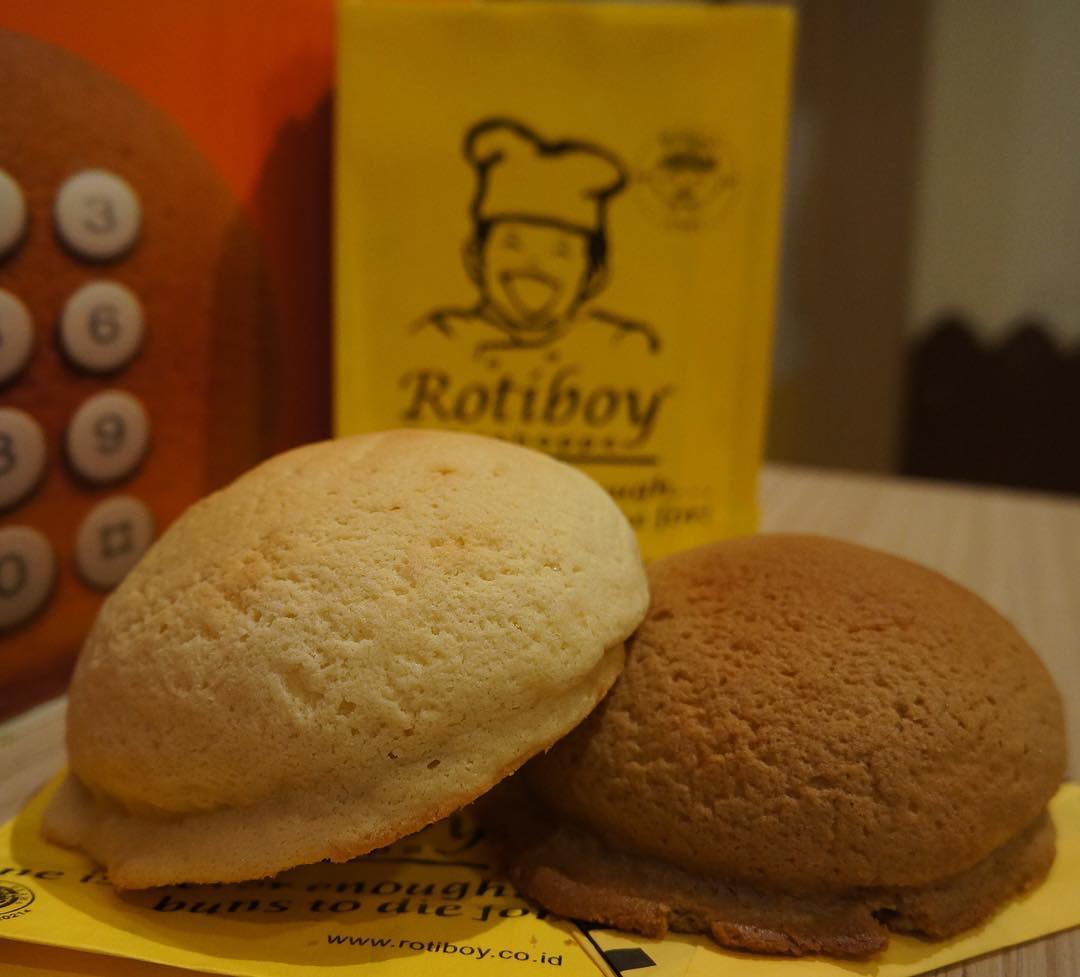 RIP Rotiboy, you left our shores too soon. Image credit: @rotiboyindo
RIP Rotiboy, you left our shores too soon. Image credit: @rotiboyindo
Blame it on the Asian palate – BBT ticks the boxes of what we like in our desserts. For instance, the chewy texture of the pearls is reminiscent of faves like kuehs, muah chee and tang yuan. Besides, there’s a strong tea-and-milk culture in Singapore, where any self-respecting local knows how to order a teh-o-kosong or kopi C siew dai at the kopitiam. So, take tea and erm..chewy things and you have a winner.
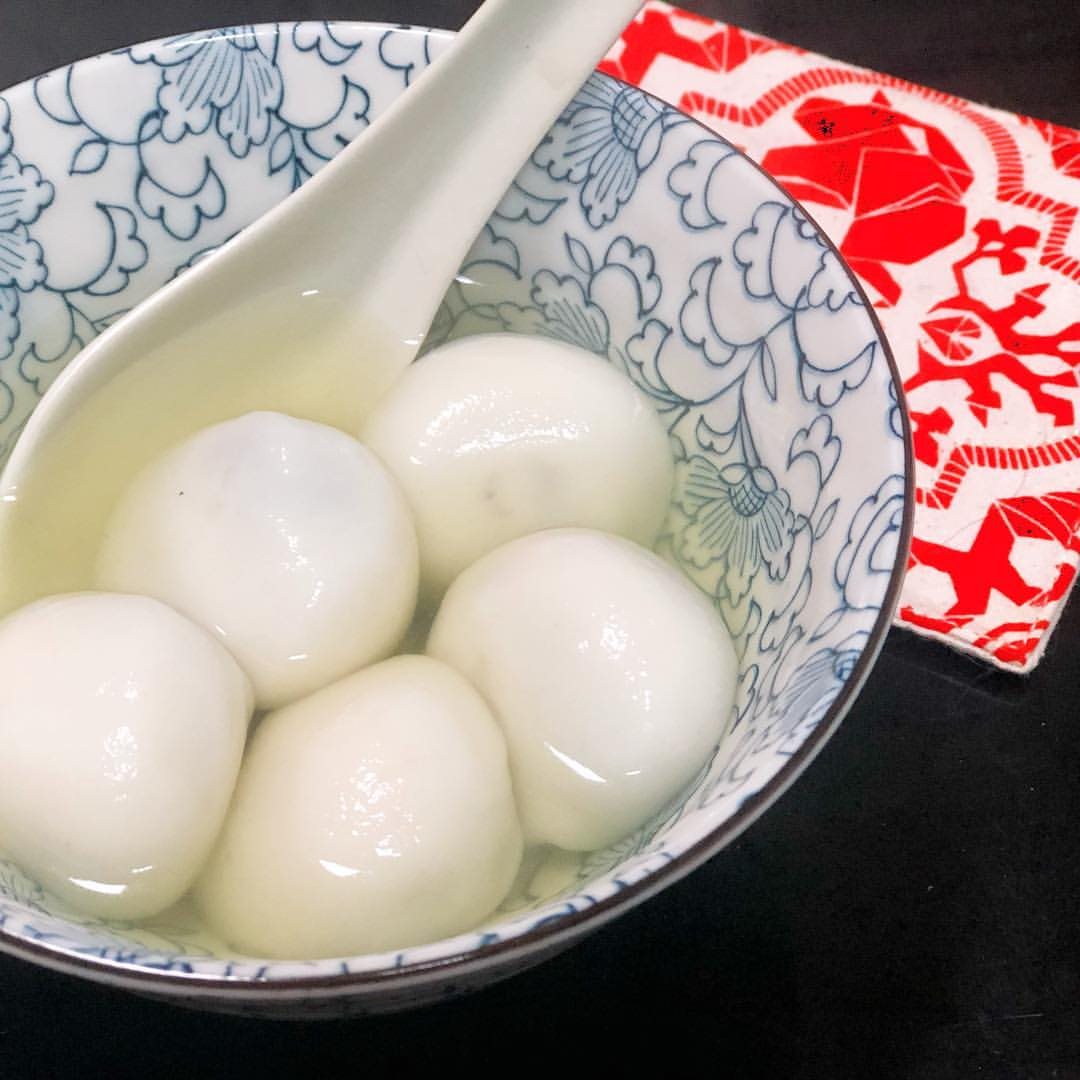 Chewy, round things in sweet liquid. I think we have a type when it comes to desserts. Image credit: @aggiealive
Chewy, round things in sweet liquid. I think we have a type when it comes to desserts. Image credit: @aggiealive
But it might just be biology. More specifically, the sugar addiction rush. At least bubble tea is upfront about the sugar it possesses – we can’t say the same about juices which market themselves as “healthy”. BBT even has a chart, for goodness sake, so you can choose your preferred level of sweetness when you order.
Make no bones about it – your choice of sugar level says a lot about your philosophy on life.
Are you a YOLO 100% sugar, bring-on-the-pearls daredevil, or an aspiring #fitspo with 25%? Just high enough for it to be palatable, yet low enough to consider yourself health conscious.
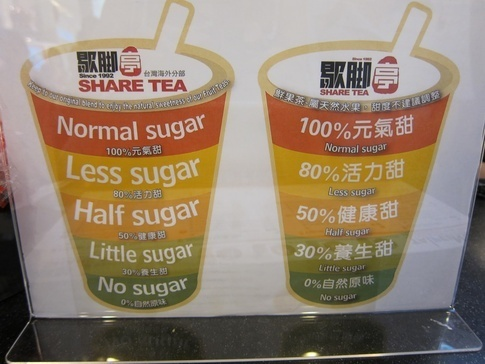 Image credit: Kaicheng Liang
Image credit: Kaicheng Liang
Or are you a hardcore 0% sugar type – which sorta defeats the whole purpose of BBT – but hey, you do you. Maybe though, you’re a thinkin’ out-of-the-box free spirit, and your drink of choice is some fruity thingamajig like Fresh Passion Green Tea or from the oft-ignored Yakult range.
And that’s just the tip of the iceberg. On one end of the spectrum, we have the purists that go for the tea-leaf based variety and who actually know the difference between Oolong and Pu’er tea. On the other end, we have trendsetters who love adventurous pearls like pink cactus and black sesame, or something with more “kick” – alcoholic bubble tea anyone?
But besides your regular bubble tea order, another question takes the cake when it comes to sparking debate:
A.k.a: “Where’s the best BBT?”
A question that divides families and friends. The stuff of heated lunchtime arguments. It is fiercer than the legendary chicken rice wars.
There are a few camps you can swear allegiance to. First, you have the old guard like KOI and Gong Cha, which have been around since 2007 and 2012 respectively – not counting the latter’s 6-month hiatus. But newcomers are giving them a run for their money with gorgeous packaging and exotic flavours. Think pastel pearls, a tea that “answers questions” or the strangely addictive fruit cheese tea. We’re looking at you, LiHo.
But regardless of which camp you belong to, there’s a sense of community that crosses all fave-BBT-store-and-order lines.
Proof? When the time comes for you to “help BB buy bubble tea”.
Or make that buying for your 20-person-strong department or friend group.
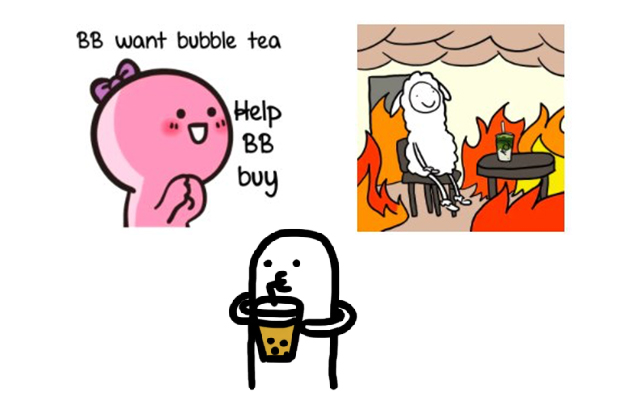
Even Telegram is not immune to this.
It’s a calling of the highest order, lugging back a million cups. And that’s after navigating a whole WhatsApp group with more permutations than your university advanced math paper questions.
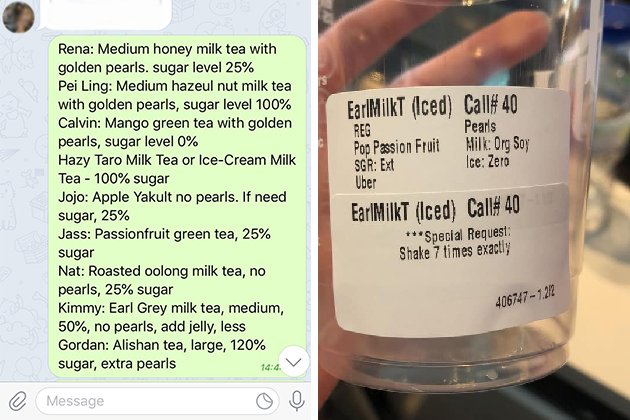 Level 1: Your everyday bubble tea orders. Level 99: Instructions like “Shake 7 times exactly”.
Level 1: Your everyday bubble tea orders. Level 99: Instructions like “Shake 7 times exactly”.
There’re even bubble tea cup holders, which goes to show how this mass-order dabao culture is really taking root in offices and schools across Singapore.
But even as we take turns to buy back BBT for each other, or debate about the merits of LiHo over Gong Cha, or rush to buy whatever newfangled flavour is in store, one thing’s for sure. The drink has become more than the sum of its simple parts.
Bubble tea stands for the freedom of choice, a nod to our inner child with its infinite menu possibilities and imaginative flavours. It’s a little sign of rebellion and indulgence in the midst of our 9-5, where the pearls and sugar represent a generous middle finger to the health establishments saying judgingly “that’s 230 calories”.
And finally, it speaks of the camaraderie between co-conspirators, a love of a simple drink that crosses boundaries and turns strangers into friends.
An expression of individuality, of joy, of community. That is something I’d like to believe is reflected in the dewy shine of the pearls winking right back at me as it’s nestled in the creamy brew. As the inspirational quote on a BBT’s vacuum sealed cover preaches:
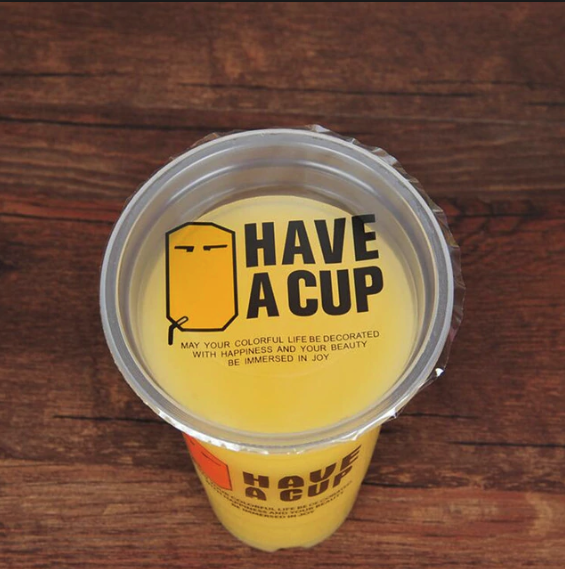
“May your colorful life be decorated with happiness and your beauty be immersed in joy.” Image credit: AliExpress
Now, BRB, my queue number is flashing.
For more bubble tea articles, check out:
Cover image adapted from: @xxyng92 (top left), Eatbook (bottom left and right)
